
|   |

|   |
Attendance 2021-22: From here to eternity through dance - Dr. S D Desai e-mail: sureshmrudula@gmail.com Pics courtesy: Ashish Mohan Khokar May 27, 2022 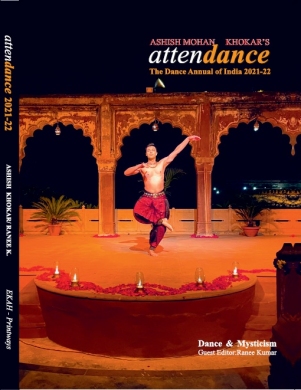 The human body is in bondage to its limitations, manifest in its instincts and desires, and its mortality. What makes human existence fascinatingly unique on the earth is that it also has a longing to be free from the bondage and be one with the Supreme it feels it is part of. The jeevatma, it is at times said, seeks to be one with the Param Atma or the individual spirit yearns to merge with the pure universal spirit, the source of ananda or complete bliss. The dimension of yearning of this bipolar human existence is relevant particularly to the domain of arts, which at their best turn to the pursuit of the Ultimate. The process is as much a part of mysticism as the Ultimate is! Dance, like any other art, is a medium to get to the desired destination. It is however considered by most dancers, like practitioners of other arts, today as a means of entertainment, material gain and fame. Ashish Mohan Khokar and the guest editor Ranee Kumar have chosen in Attendance 2021-22 to get contributions - some of them by writers unfamiliar to the year book's regular readers - on a complex theme of Dance and Mysticism an average viewer/reader is likely to find esoteric. The variety of approaches to the subject makes each article an absorbing read and reaffirms significance of Attendance, always springing a surprise by way of its theme besides being richly illustrated and with a sense of aesthetics. 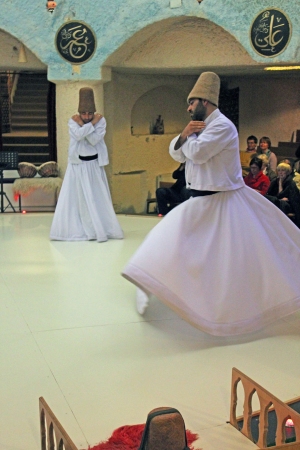 Whirling dervishes in Konya The longing by human beings gifted with exceptional qualities of the heart and/or of the head to be one with the elements of the Universe, you find the assertion in many articles, is not confined to narrow geographical boundaries. It has been getting expressed in our land since time immemorial in a variety of ways, including the yogic way, dance, music, sculpture, painting and poetry. It finds expression in Sufism, practiced across the world, for example, which Rani Khanam defines as 'a mystic tradition, an odyssey into the presence of the Divine that can be achieved through pure love and yearning.' 'The constant whirling' as part of it, she points out, 'transports the dervish to a higher level of consciousness.' Observing at the outset, 'Mysticism is an expression of the desire of human soul to merge with the Infinite,' Chiranjiv Singh goes on to cite instances of 'the ego getting subsumed in the divine spirit' through dance forms and poetic expressions from within the country and across the world. Those who have attained the ecstatic state would, like Bulle Shah, dance and sing, 'I have found, I have found!' Khanam alludes to Amir Khusrau, whose poetry is 'replete with longing for the beloved which has physical and spiritual connotations.' Mikko Viitamaki quotes a qawwal's lines: 'If you just let us hear / your voice from the hidden / The soul, sleeping still, / Will start dancing the body.' When Tagore was 21, Tapati Chowdhurie recalls his thrilling experience of watching the sunrise, '... I found the world bathed in a wonderful radiance with waves of beauty and joy swelling on every side.' '... the poet and mystic,' she adds later, 'takes us on a spiritual quest and gives us a glimpse of the infinite in the midst of the finite...' 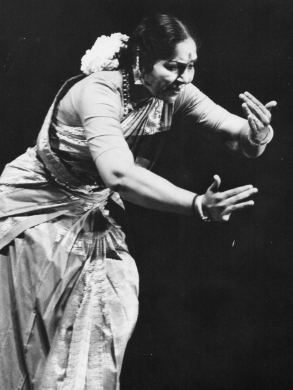 Balasaraswati The article by Aniruddha Knight, T Balasaraswati's grandson, could well be the piece de resistance even for seasoned dancers. At times he gets highly nuanced when he enunciates the process of reaching 'the threshold of the sublime' following a battle within. One gets a glimpse of the depths of his insight when he demonstrates creativity flowing from a void in the performance of Nandanaar Charitram and Krishna nee begane baro, 'synonymous with Balasaraswati and her style of music and dance.' There are multiple levels at which the writers broach the subject of mysticism. Sharada Srinivasan ("It is in the Tamil Bhakti hymns that one can discern complete evidence of 'performance mysticism' ... A verse by Manikkavachakar indicates that the Saiva Siddhanta ascetic and devotee could himself experience a sense of ecstatic bliss of communion with the divine where a glimpse of the raised foot of Nataraja was impetus enough to plunge into a joyous dance.'") and Anuradha, a painter, ('The exponent through dance, music and lyric can delve within and seek the silence - anahata - where all external forms of expression drop off. Merging into that original Supreme Consciousness, the artiste becomes one with Shiva and then the performance transforms into an in-depth prayer), for example. 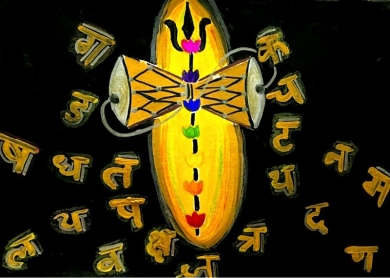 Damru painting by Anuradha It is interesting to see that dancers who can hold a paintbrush have a flair for language too. Anuradha, who pithily depicts Shiva as the cosmic dancer Nataraja, also sketches Him as 'the greatest poet Kaviraja, whose muse is this creation with its myriad forms and colours'. Aman Nath who in the shortest one-page article sums up his interests in dance, horse riding, cricket, athletics, painting and all, enigmatically observes 'there was no spirituality' in it and he 'was only a North Indian!' He concludes the article with, 'We must all imbibe the civilised South within us!' Himanshu Srivastava displays a flair for colourful writing. The opening line of his article serves as an example: 'Fluttering its delicate plumage, Art took wing into the unknown mystic skies searching for the horizon.' The articles can be read and enjoyed from varying viewpoints. Celebrated Kannada writer Choodamani Nandagopal irresistibly recounts the story of the beautiful apsara Nilanjane's celestial mystic dance in Indra's 'sensuous paradise'. Adikavi Pampa's details are such rasikas would believe it to be a real performance. Nilanjane ceaselessly danced for days and nights and finally dropped dead. With his mystic powers Indra created another dancer in her place. This did not go unnoticed by Rishabhdeva, a connoisseur. He left the court in dejection and later renounced the world in disillusionment to become the first Jain Tirthankar Adinath, who attained nirvana on Kailasha. To remain on the track of mystical stories, Jigyasa Giri narrates a story in which Shani Dev, that god whom human mortals worship to ward off his fury for their aberrations, has Lord Shiva run from him and remain hidden 'for eons in a cramped hole - hungry, thirsty and in pain!' It is in her article that one comes across this revealing observation: 'Just think - if the human mind with its microcosmic intelligence can travel through the most fantastic dimensions in thought, then how unfathomable would be the imagination of the macrocosmic Universal mind!' 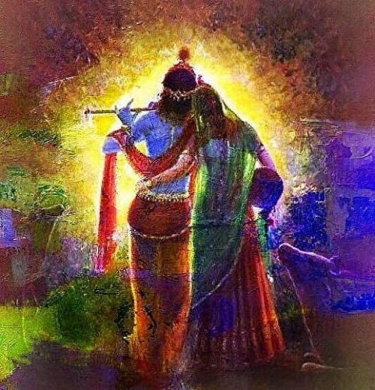 Radha-Krishna To Guru V P Dhananjayan, mysticism is 'a direct experience with the indiscernible... we term divine'. He narrates his 'tryst with the mystic happenings' in his life, 'divinely ordained'. With characteristic verbal minimalism, Mandakini Trivedi interprets the theme of Radha-Krishna love at the narrative level as 'the story of intense love and longing, separation and union of lovers.' At the symbolic level, Radha and Krishna are inseparable, like the individual soul and universal soul. And at the Yogic level, she observes, 'Complete self-surrender to the point of total merger without identity is ... the goal of one's spiritual journey.' The article The Cosmic Dancer by Padma Subrahmanyam based on her 2017 lecture on Anand Coomaraswamy: The Dance of Siva and its Influence in South East Asia, rich in cross references, on initial pages of this special issue of Attendance, setting the tone for the discussions to follow, is a gem. One of her quotations from Coomaraswamy's writings illustrating his 'vision of the divine dance' runs like this: 'Creation arises from the drum; protection proceeds from the hand of hope; from fire proceeds destruction; the foot held aloft gives release.' PS: One wishes the proof copy had been read more carefully. 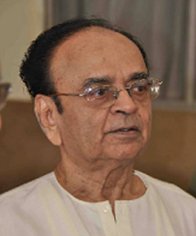 Dr. S.D. Desai, a professor of English, has been a Performing Arts Critic for many years. After 30 years with a national English daily, he is now a freelance art writer. Responses * Best line was, Dance, like any other art is a medium to get to the desired destination…. Such a lovely review. (May 28, 2022) * A wonderful and informative article, worth reading. - Nancy Sahu (May 28, 2022) Post your comment Please provide your name and email id when you use the Anonymous / blog profile to post a comment. All appropriate comments posted in the blog will also be featured in the site. |